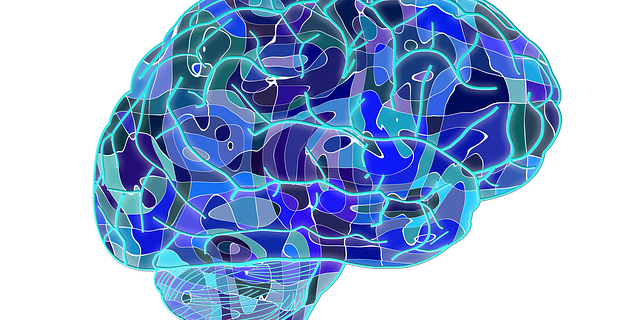Each year hundreds of millions of dollars are being poured into Alzheimer’s disease research 

As with any disease or its treatment, understanding is fundamental. Occasionally, we stumble upon an effective treatment without any clue how it works. Tylenol and metformin are two familiar examples. So far, such blind luck has not been productive in Alzheimer’s disease. Meanwhile, slow methodical research has begun to uncover nuances in Alzheimer’s disease processes.
Years of research and clinical care have led medicine down a long path towards greater understanding of the disease process. First, we recognized that early and late onset Alzheimer’s disease had some genetic components, but this only explained a small percentage of the epidemic, so researchers kept digging. Next, recognition of structural changes at the cellular level like plaques and tangles came to light. Now, Functional Medicine is applying the latest research to divide the disease into three different classes. While the clinical picture on the outside is very similar, the mechanisms differ enough that each requires a different therapy approach.
Type One: Inflammatory processes underlie the first type. The immune system is primed by metabolic, infectious, or toxic triggers to upregulate its attack system. Immune hormones called cytokines magnify immune cell activities and neurodegeneration results as nerve pathways are injured interrupting critical brain function.
Type Two: Various metabolic deficiencies and loss of brain self-healing underlie type 2. For some, it is their APOE 4 gene that influences this process. For others, their thyroid or sex hormones contribute to the losses. In others, B vitamins or insulin resistance lead to neurodegeneration.
Type Three: Toxins and infections make up the third class of Alzheimer’s. Heavy metals can damage brain cells. Infections such as Lyme, EBV, herpes virus, and gut dysbiosis may trigger cognitive decline. Pesticide, molds, and other organic toxins play their role as well.
Type 1.5: One final subtype that crosses over between type 1 and 2 is the glycotoxicity type. Basically, a high sugar diet starts a chain of events that ultimately slows the breakdown of amyloid in the brain. Both inflammation (type 1) and metabolic hindrances (type 2) contribute to what is being called type 1.5.
Utilizing the latest research to uncover root causes (a core principle of Functional Medicine), we at Sanctuary Functional Medicine are searching out these underlying mechanisms in our patients who present with cognitive decline. We are able to uncover many otherwise previously unrecognized root causes in an individual. With a better understanding of each patient’s root causes, we target therapies which restore cognitive loss and prevent further decline in many patients. This issue stands out as one of the many areas of medicine where we see our intensive Functional Medicine approach restoring patients to healthier more abundant lives.
During this Alzheimer’s awareness month, if you have a loved one with this disease or know someone who does, share this understanding with them. Encourage them not to give up until a doctor works through this classification system with the individual patient and applies targeted, personalized therapies. If they don’t have someone to do this for them, give Steven a call to find out how we can help.
Sanctuary Functional Medicine, under the direction of Dr Eric Potter, IFMCP MD, provides functional medicine services to Nashville, Middle Tennessee and beyond. We frequently treat patients from Kentucky, Alabama, Mississippi, Georgia, Ohio, Indiana, and more... offering the hope of healthier more abundant lives to those with chronic illness.







